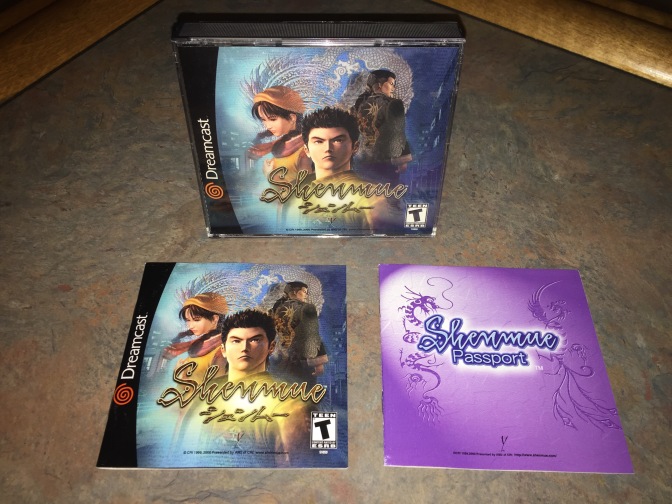Considered one of the most influential games of the time, Shenmue introduced an open world concept in gaming that at the time was unmatched. The story follows your character, Ryo, on a quest to find and avenge your father’s killer which occurs during the game’s cinematic opening. The entire story takes place in 1986 era Japan and attempts successfully in my opinion, to bring Japanese life home to us westerners. You spend much of the game talking to townsfolk, gaining more clues into the events surrounding your father’s death, participating in quick time events and fight sequences when necessary. Ultimately, the game will conclude without resolution and without confronting your father’s murderer, Lan Di. The story and plot of Shenmue proved to be too big for one game so it was split into two separate games, similar to how large books get split into two different movies. The unfortunate thing for North American Dreamcast owners is that Shenmue 2 never made it across the ocean.
Shenmue is one of those divisive games. Some praise the open world feel and revel in your ability to more or less choose how quickly you solve puzzles and advance through the game or choose to take your time and spend days wandering around, talking to people, taking care of kittens, playing video games, etc. Detractors may feel that Shenmue is too slowly paced with not enough action to stay interesting for long. Performing mundane tasks was not what they play video games for, and I understand that critique. I guess to each his own because I adore Shenmue. Yes, the voice acting is laughable, especially from the children. My guess is the Japanese voice acting is much better but that is purely speculation. The day/night progression is brilliant and much better executed than in Castlevania 2 (ha, I’m joking). As the day progresses, I like how Ryo’s environment also changes. Stores close for the evening, there are less people out at night, during the daytime some people may not be at home because they are at work, bars and restaurants have appropriate hours of operation, etc. It’s all meticulously laid out for the player and there is no harm in taking your time with the game. The notepad Ryo keeps when he gathers additional knowledge and keeps track of current goals to achieve is a smart and effective way to help keep you on track for the bigger picture while preventing you from having to write all the pertinent clues down yourself. I just feel the overall plot, beautifully rendered environments, and creativity behind Shenmue make it a classic in spite of its faults.
By the time the Dreamcast was out, I wasn’t buying any video gaming magazines or checking out gaming web sites to get the latest news so the fact that I bought this game shortly after purchasing my used Dreamcast in 2002 was surprising. I believe I purchased it around 2003 from one of those book/music/movie/video game multi-media stores that were popular in 90’s and early 2000’s. I believe it was a former rental that had been discounted once the store stopped renting Dreamcasts. I know this game was heavily promoted by Sega for good reason. It was an expensive and risky proposition but the game’s creator, Yu Suzuki had made a name for himself with Sega and this was going to be his magnum opus masterpiece. I think he was successful in that regard and I only wish that Shenmue 2 had been released for the Dreamcast in North America before the console’s death.
Rating: A
Currently in my collection: game, manual, case

